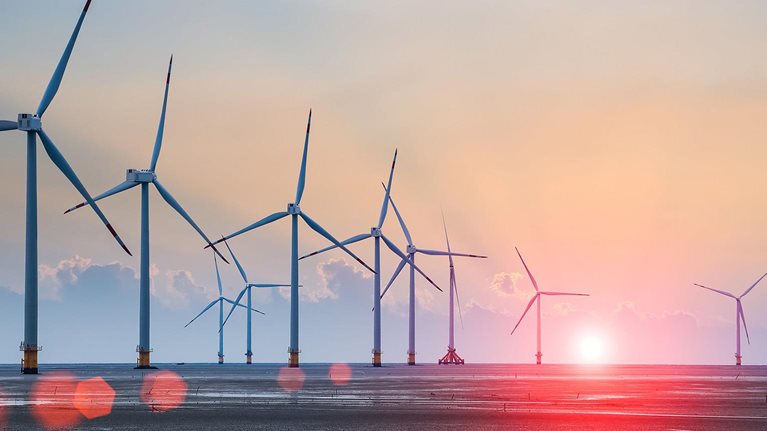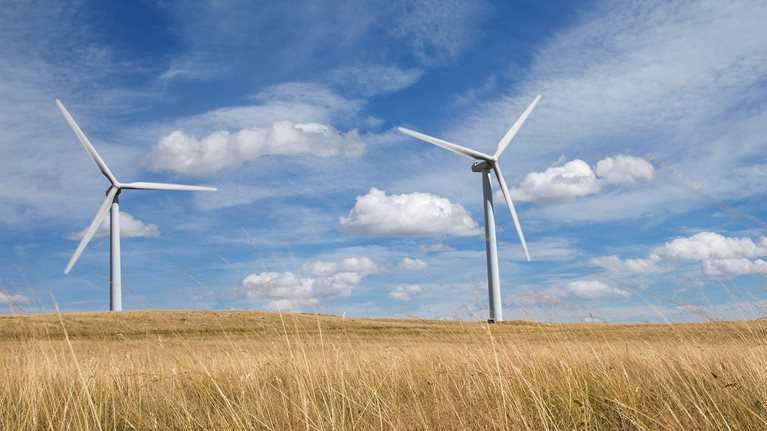Can offshore-wind companies make money in Europe? The answer isn’t as simple as it used to be. For more than ten years, developers and owners of offshore-wind installations have enjoyed stable subsidies from European governments intent on meeting renewable-energy targets. Now that the technology is maturing and costs are falling, governments are adopting more advanced ways of supporting offshore-wind development. It has become commonplace to award contracts for offshore-wind projects through reverse auctions, in which bidders compete by offering to accept lower and lower subsidies. Some recent auctions concluded with winning bids for no subsidy at all.
Inevitably, shrinking subsidies will make it harder for offshore-wind companies to turn a profit. What’s surprising is how thin the profit margins on recently awarded wind projects may actually be. We took 16 winning bids and compared their expected revenues after making adjustments to account for differences in the duration of their subsidies, the year when each installation should begin operating, their expected lifetime, the scope of the transmission assets included, the cost of inflation, and site-related factors such as the distance to shore, wind speed, and water depth.
This comparison revealed that profits on forthcoming installations are not certain (exhibit). Offshore-wind parks coming online in 2018 and 2019 (plus the Triton Knoll project, which took advantage of the United Kingdom’s specific auction rules1 ) should generate adjusted revenues of more than €75 per megawatt-hour over their lifetimes—enough to turn a profit. Newer parks expected to come online after 2019 appear less lucrative. The profitability of certain zero-subsidy projects in Germany and the Netherlands, for example, will depend on the average wholesale price of electricity over the lifetime of these projects. If wholesale electricity prices increase to about €50 per megawatt-hour, they could earn a healthy return. Should wholesale prices average around €30 per megawatt-hour, on the other hand, those projects could lose money.

Developers do have reasons to be hopeful, because the costs of offshore-wind projects are on a steep reduction curve. External factors, such as falling steel prices, and technology improvements could result in cost savings of more than 45 percent. Most of these factors are beyond developers’ control, with one important exception: developers can work closely with turbine makers to maximize the cost savings from larger, longer-lived turbines that harness much more wind energy than today’s models.

Subscribe to the Shortlist
McKinsey’s new weekly newsletter, featuring must-read content on a range of topics, every Friday
Yet even the substantial cost reduction expected from external trends still won’t be nearly enough to let developers turn a profit on the most competitive wind projects. Fortunately, our analysis suggests that many developers have room for improvement in four areas they can directly influence: adopting efficient EPC (engineering, procurement, and construction) practices, which include minimizing losses on commissioning; streamlining operations and maintenance, which will cut costs and prevent revenue leakage; lowering the cost of capital with new financing structures; and reducing the cost of market access by renegotiating contracts to ensure that risks are borne by their rightful owners. We estimate that achieving optimal performance in the areas noted above can deliver additional cost savings of 20 percent or more, depending on the developer—enough to make offshore-wind projects a profitable part of Europe’s clean-energy future.


